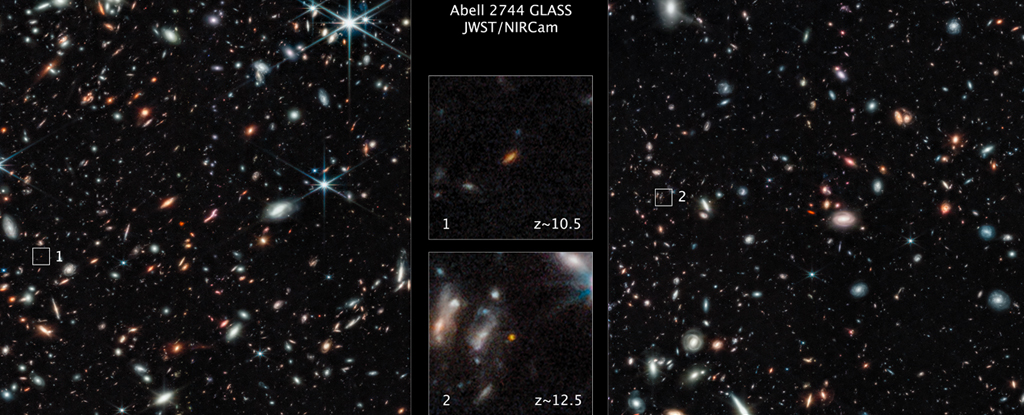A physicist from the University of Canada claims that our universe may be twice as old as previously thought. This assumption follows from the suspicion that light can lose some of its energy during a long journey through space.

Redshift and the age of the Universe
A physicist from the University of Ottawa, Rajendra Gupta, somewhat revised the standard theory of how our Universe developed and came to the conclusion that the age of our Universe might be 26.7 billion years. This is almost twice as much as is usually considered.
The current estimate of the age of the Universe is 13.7 billion years. It is derived from observing distant objects such as quasars and galaxies. Their spectra are shifted to the red side, and this shift is stronger the farther away they are from us.
Usually the redshift is explained through the Doppler effect. We see galaxies redder because they are moving away from us. In this case, the red shift can be used to determine the speed of the galaxy, and this can be used to find the time when the entire universe was compressed into one point.
Zwicky theory
But there may be another explanation for the redshift. It was put forward in the first half of the XX century by the American astronomer Fritz Zwicky, who gave the world the theory of hidden mass, from which the idea of dark matter later grew. He suggested that a photon particle of light might lose energy during its flight through the Universe, which would lead to a change in its frequency, which would be observed as a red shift.
However, Zwicky’s theory was never accepted by the scientific community, so the assumption about the Doppler effect looked simpler and more logical. That’s why we stopped on it. However, recently, with the advent of powerful telescopes with a standard estimate of the age of the Universe at 13.7 billion years, problems have arisen.
The fact is that the galaxies that scientists observe just a few hundred million years after the Universe should have appeared look too great and developed. And this forces scientists to turn to alternative hypotheses.
Why photons get tired
Gupta’s theory is not so revolutionary that it can be said that he turns everything upside down. The scientist does not abandon the Doppler interpretation of the red shift. Therefore, the expansion of the Universe remains in place. However, he suggested that, at the same time, Zwicky could be right and photons really lose their energy.
In this case, the red shift is only partially explained by the movement of galaxies, and in fact, their speed is much lower than previously thought. In this case, the time of the Big Bang really shifts up to 26.7 billion years ago in the past. In this case, the galaxies really have several billion years more time to evolve.
The main question is why photons lose energy. According to Gupta, the variability of the coupling constant between each other can lead to this. It shows how different particles interact with each other. It is believed that the only thing that affects it is the energy of the pulse.
However, it may well change by itself over long periods of time. This can really lead to a phenomenon when a photon that has been flying towards us for billions of years, and during this time manages to “redden”.
According to www.sciencealert.com
Follow us on Twitter to get the most interesting space news in time
https://twitter.com/ust_magazine

